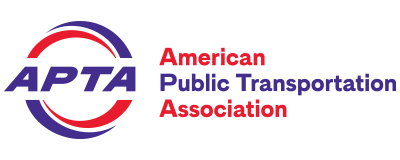Guideline
Transit Universal Design Guidelines:
Principles and Best Practices for Implementing Universal Design in Transit
Abstract
This document advocates for inclusive design for transit facilities by promoting more equitable mobility services and making transit more accessible for all users. The goal is to enhance the collective benefit to all users and reduce the bias in favor of typical users.
Document History
| Document Number | Version | Publication Date | Publication | Related Information |
|---|---|---|---|---|
| APTA SUDS-UD-GL-010-20 | Original | 07/28/2020 | Published | Current |
Keywords
Equitable, flexibility, intuitiveness, perceptible, tolerance, effort, transit, users, accommodations, implementation, inclusiveness, access, advocacy
Summary
Because of demographics and improved healthcare, more of the population can benefit from universal design, whether from longer life spans, better outcomes for diseases or injuries that would not have been survivable in the past or mainstreaming of those with differing cognitive abilities. As these trends continue, universal design helps create environments that are usable by more and more of the population. Universal design makes transit stations more functional for a wider range of people, based not only on disability but also on factors such as age and size. It helps all users navigate unfamiliar environments. This document advocates for more inclusive design for transit facilities to enhance the collective benefit to all.
Get Involved
Want to participate in the development of this document? Join a Working Group or Learn More
Related Documents
|



